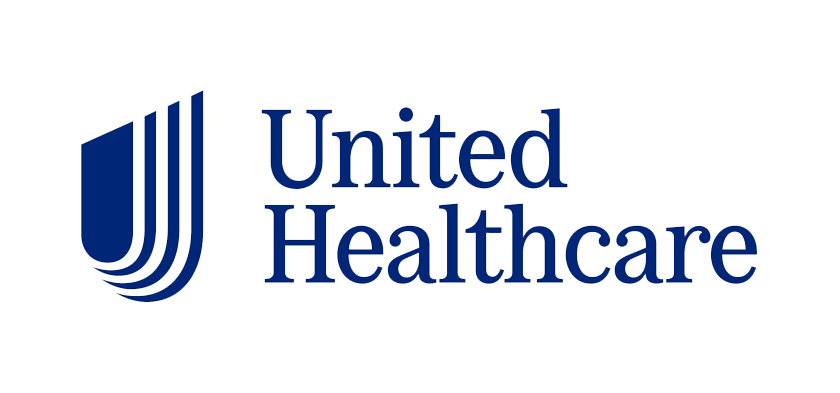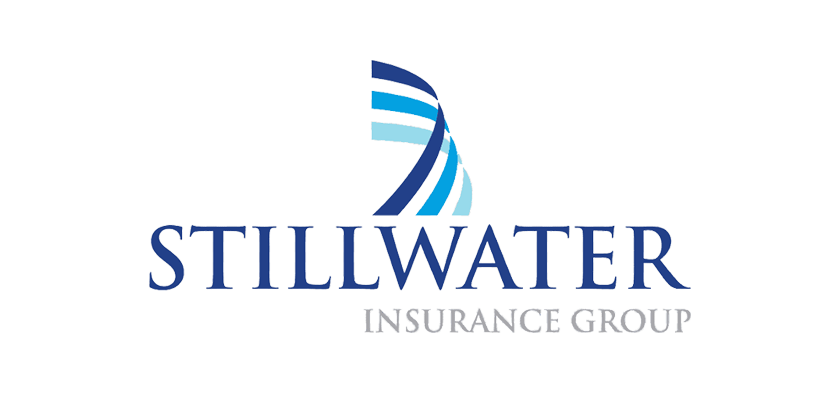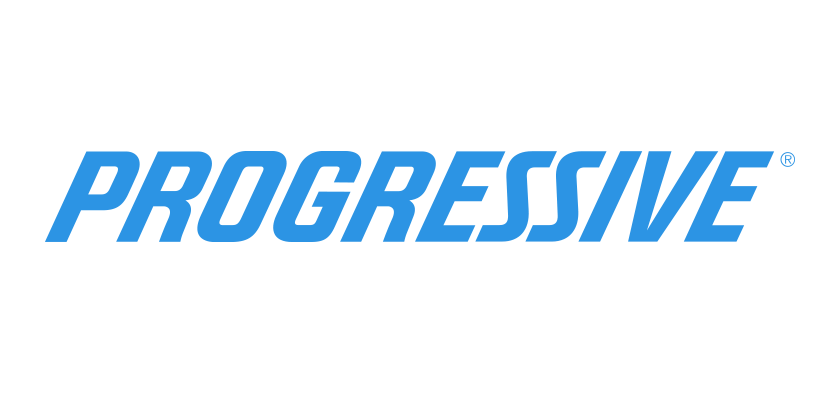Medicare Supplement Insurance Plans
Do you have fairly frequent doctor or hospital visits? If so, you may already know that Medicare Part A and Part B come with out-of-pocket costs you have to pay. You might be able to save money with a Medicare Supplement insurance plan. Medicare Supplement, or Medigap, insurance plans fill in “gaps” in basic benefits left behind by Original Medicare, Part A and Part B, such as deductibles, coinsurance, and copayments.
In 47 states, there are up to 10 standardized Medicare Supplement insurance plans that are denoted by the letters A through N (plans E, H, I, and J are no longer sold). The private insurance companies offering these plans do not have to offer every Medicare Supplement plan, but they must offer at least Plan A.
Please note that although the names may sound similar, the “parts” of Medicare, such as Part A and Part B, are not the same as Medigap Plan A, Plan B, etc.
Medicare Supplement insurance plan costs
Although private insurance companies are required to offer the same basic benefits for each lettered plan, they do have the ability to charge different premiums. You might want to shop around to find a Medicare Supplement insurance plan that may fit your medical and financial needs. Insurance companies may price their plan premiums in any of the following ways:
- Community no-age-rated: These Medicare Supplement insurance plans charge premiums that are the same across the board, regardless of age.
- Issue-age-rated: These plans base their premiums on your age when you first enrolled in the policy. Therefore, the younger you are when you enroll in this type of plan, the lower your premium will be.
- Attained-age-rated: Like issue-age-rated, these plans base their premiums on the age you were when you first bought a policy, but unlike issue-age-rated, premiums increase as you get older.
Please note that no matter what rating method an insurance company uses, premiums may increase over time for reasons other than age, such as inflation.
Medicare Supplement insurance plan basic benefits
Each Medicare Supplement insurance plan offers a different level of basic benefits, but each lettered plan must include the same standardized basic benefits regardless of insurance company and location. For example, Medicare Supplement Plan G in Florida includes the same basic benefits as Plan G in North Dakota. Please note that if you live in Massachusetts, Minnesota, or Wisconsin, your Medicare Supplement insurance plan options are different than in the rest of the country. Medicare Supplement insurance plans do not have to cover vision, dental, long-term care, or hearing aids, but all plans must cover at least a portion of the following basic benefits:
- Medicare Part A coinsurance costs up to an additional 365 days after Medicare benefits are exhausted
- Medicare Part A hospice care coinsurance or copayments
- Medicare Part B coinsurance or copayments
- First three pints of blood used in a medical procedure
Some plans include additional basic benefits. For example, Medicare Supplement Plan F*, the most comprehensive standardized Medigap insurance plan, carries the following additional benefits:
- Medicare Part A deductible
- Medicare Part B deductible*
- Part B excess charges
- Part B preventive care coinsurance
- Skilled Nursing Facility (SNF) care coinsurance
- Foreign travel emergency care (80% of Medicare-approved costs, up to plan limits)
Some plans may include additional innovative benefits.
*Medicare Supplement plans that may cover the Medicare Part B deductible – Medicare Supplement Plans C and F – will be phased out. If you’re not eligible for Medicare until January 1, 2020 or later, you won’t be able to buy Plan C or Plan F. You won’t generally have to give up your Plan C or Plan F if you already have one. If you’re eligible for Medicare before January 1, 2020, you might be able to buy Plan C or Plan F.
Medicare Supplement insurance plan enrollment and eligibility
To be eligible to enroll in a Medicare Supplement insurance plan, you must be enrolled in both Medicare Part A and Part B. A good time to enroll in a plan is generally during the Medigap Open Enrollment Period, which begins on the first day of the month that you are both age 65 or older and enrolled in Part B, and lasts for six months. During this period, you have a guaranteed-issue right to join any Medicare Supplement insurance plan available where you live. You may not be denied basic benefits based on any pre-existing conditions** during this enrollment period (although a waiting period may apply). If you miss this enrollment period and attempt to enroll in the future, you may be denied basic benefits or charged a higher premium based on your medical history. In some states, you may be able to enroll in a Medigap plan before the age of 65.
**Pre-existing conditions are generally health conditions that existed before the start of a policy. They may limit coverage, be excluded from coverage, or even prevent you from being approved for a policy; however, the exact definition and relevant limitations or exclusions of coverage will vary with each plan, so check a specific plan’s official plan documents to understand how that plan handles pre-existing conditions
The product and service descriptions, if any, provided on these Boost Health web pages are not intended to constitute offers to sell or solicitations in connection with any product or service. All products are not available in all areas and are subject to applicable laws, rules, and regulations.
This website and its contents are for informational purposes only. Nothing on the website should ever be used as a substitute for professional medical advice. You should always consult with your medical provider regarding diagnosis or treatment for a health condition, including decisions about the correct medication for your condition, as well as prior to undertaking any specific exercise or dietary routine.
















